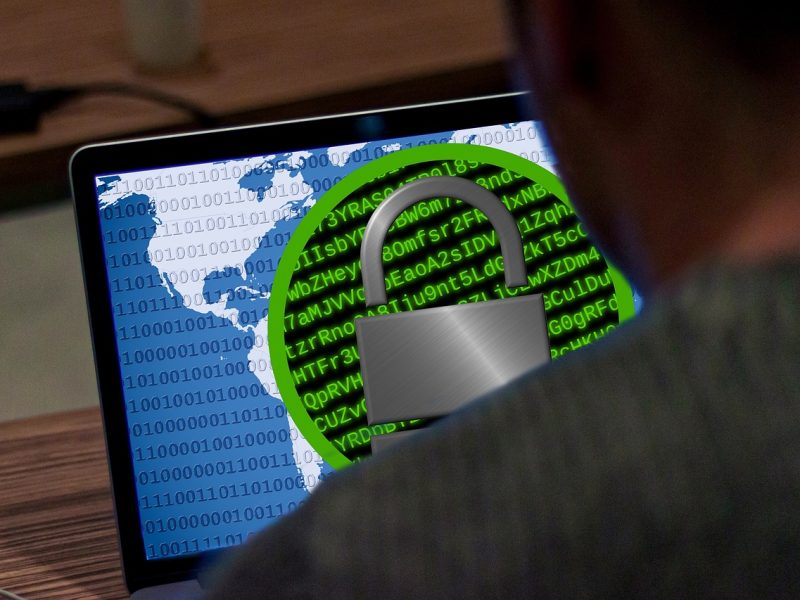Cybersecurity is a broad term that covers a wide range of activities and technologies. In essence, it is an approach to guarding your computer data and networks against data theft, hacks, and other unauthorized access. Cybersecurity is critical for businesses, governments, and individuals alike, as our lives are increasingly conducted online. Imagine how suddenly your software, app, or website can’t be accessed, and all your data is leaked. Printers, monitors and your PC suddenly work as if you lose control of them. Many things can happen if an app or technology has been a victim of unauthorized access. That’s why learning and mastering the fundamental elements of cybersecurity is a must. Today, we will shed light on the key elements of cybersecurity and how you can improve them.
Application Security
 Application security is application protection against external threats by using software, hardware, and procedural methods. In other words, it is the security an application provides to defend against attacks. Application security includes measures taken to protect data entered into an application and the code that makes up the application itself. To be secure, applications must be designed with security in mind from the start. This means that developers need to be aware of their application’s potential threats and take steps to mitigate those risks.
Application security is application protection against external threats by using software, hardware, and procedural methods. In other words, it is the security an application provides to defend against attacks. Application security includes measures taken to protect data entered into an application and the code that makes up the application itself. To be secure, applications must be designed with security in mind from the start. This means that developers need to be aware of their application’s potential threats and take steps to mitigate those risks.
Information Security
Information security, sometimes shortened to infosec, is the practice of protecting information by mitigating data risks. It consists of procedures used to shield electronic data from unauthorized access. Information risks can consist of unauthorized disclosure, use, interception, or destruction of data. Data can be either in transit (in transit security) or at rest (data at rest security). Data in transit is usually more vulnerable to attack than data at rest. Encryption is the best way to improve it. Encryption is a procedure of converting readable data into an unreadable form, making it difficult for unauthorized individuals to access the data.
Network Security
Next, let’s talk about networks. Network security is the practice of protecting a computer network from unauthorized access. It includes measures taken to protect data in transit and data at rest. Network security is critical for businesses, governments, and individuals alike, as our lives are increasingly conducted online. Network security begins with physical security. This means making sure that only authorized individuals have access to the network. Physical security can be achieved using security devices such as firewalls, intrusion detection systems, and physical access control systems.

Disaster Recovery Planning
Did you know that even with all the security in the world, disasters can still happen? That’s why it’s essential to have a disaster recovery plan in place. Disaster recovery is the process of recovering from a natural or man-made disaster. A disaster recovery plan should protect your computer networks and data from damage or loss. It should also be designed to ensure that your business can continue to operate in the event of a disaster. Identifying the risk, developing a plan, testing the plan, and updating the plan regularly are all critical elements of disaster recovery planning.
All in all, cybersecurity is a process of protecting your computer networks and data from unauthorized access or damage. It includes measures taken to protect data in transit and data at rest. Application security, information security, and network security are all essential aspects of cybersecurity. Disaster recovery planning is also critical to ensure that your business can continue to operate in the event of a disaster.



